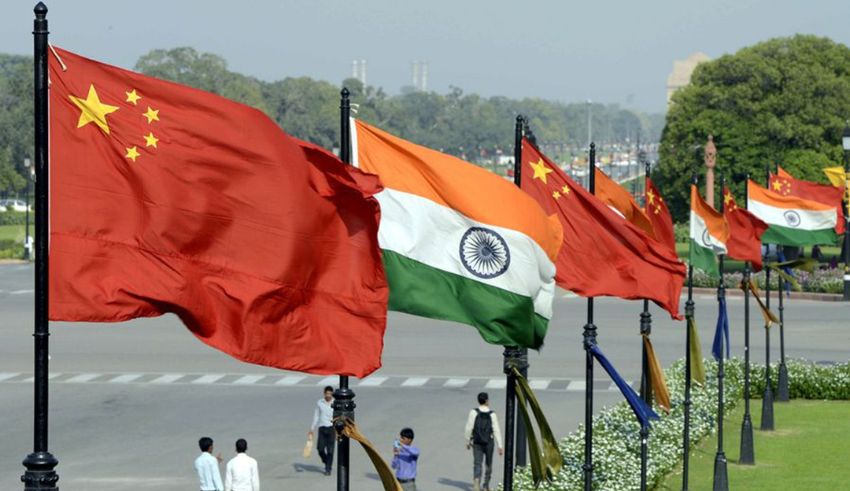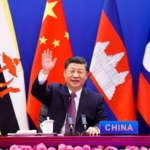
India’s growing geopolitical and economic engagement in Southeast Asia puts it as a major force in the region, potentially acting as a counterbalance to China’s growing influence. This escalating dynamic demonstrates India’s proactive approach to regional geopolitics and determination to develop ties with its Southeast Asian neighbors.
India’s expanding influence in Southeast Asia has drawn the attention of global observers in the face of altering geopolitical landscapes. According to geopolitical commentators, India has taken many initiatives to strengthen its presence in the region and create strategic ties.
Increased engagement in areas such as defense, trade, and infrastructure development are among India’s diplomatic efforts. These programs attempt to improve economic interconnectedness while also supporting regional stability. India is set to contribute to the diversification of alliances and the preservation of a multipolar world order as it strengthens its engagement with Southeast Asian countries.
Economic cooperation is an important component of India’s regional strategy. India is growing trade and investment prospects through programs such as the “Act East” policy. These initiatives assist not only India’s economic interests, but also the overall prosperity and development of Southeast Asian nations, resulting in a mutually beneficial alliance.
The changing relationship between India and Southeast Asia is especially important in light of China’s expanding influence in the region. As China’s geopolitical influence develops, India’s constructive engagement may serve as a counterweight to the risks inherent with any one dominant power.
Keep Reading
While India’s growing impact is encouraging, experts admit that obstacles and complications remain. Historical, cultural, and economic disparities among Southeast Asian countries give both opportunities and barriers to India’s ambitions. Furthermore, India’s strategic moves must be carefully calibrated in order to maintain a delicate balance between regional alliances and global alignments.
The international community has acknowledged India’s efforts and potential role as a counterweight to China’s influence. The susceptibility of Southeast Asian countries to India’s overtures indicates the appeal of a diversified and multipolar approach to regional relations.
Finally, India’s expanding influence in Southeast Asia presents an extraordinary story of assertive diplomacy, economic engagement, and strategic partnership. The possibility of a counterbalance to China’s dominance becomes obvious as India improves ties with its regional neighbors. While there are challenges, India’s commitment to a multipolar international order and to strengthening regional cooperation may contribute to a more balanced and stable geopolitical landscape in Southeast Asia and beyond.



























